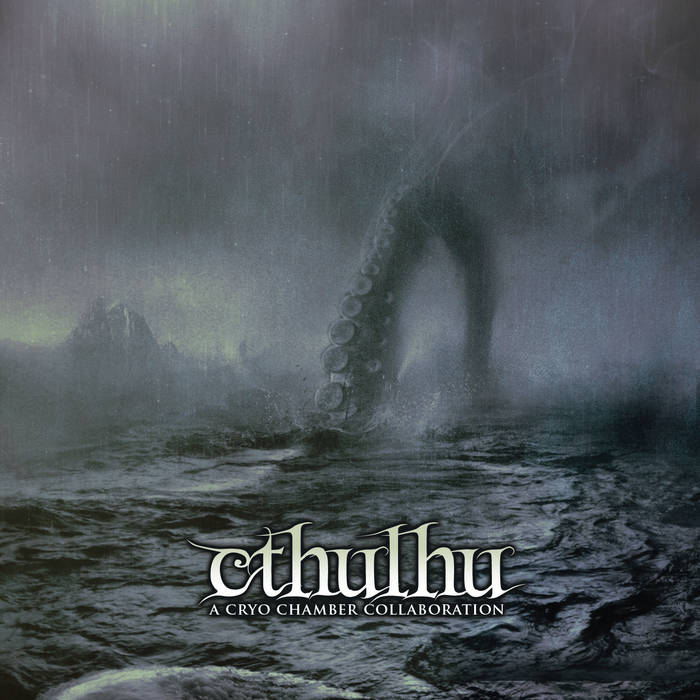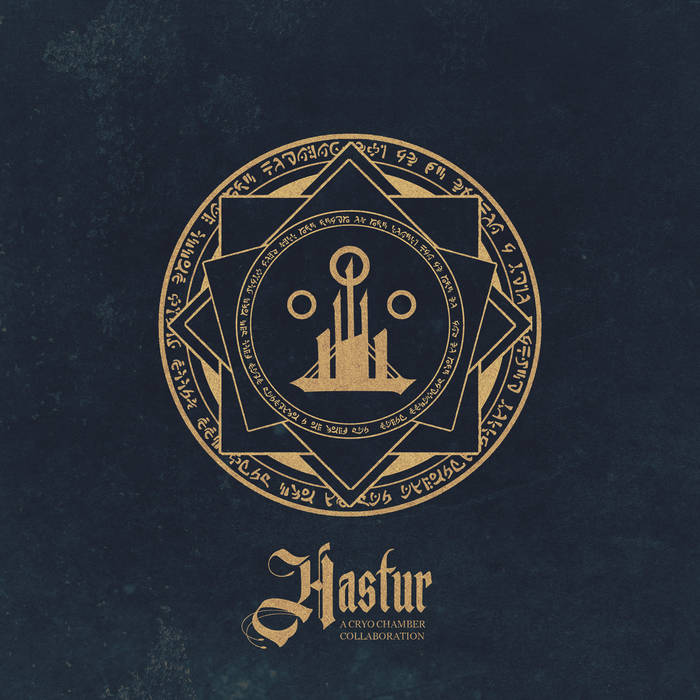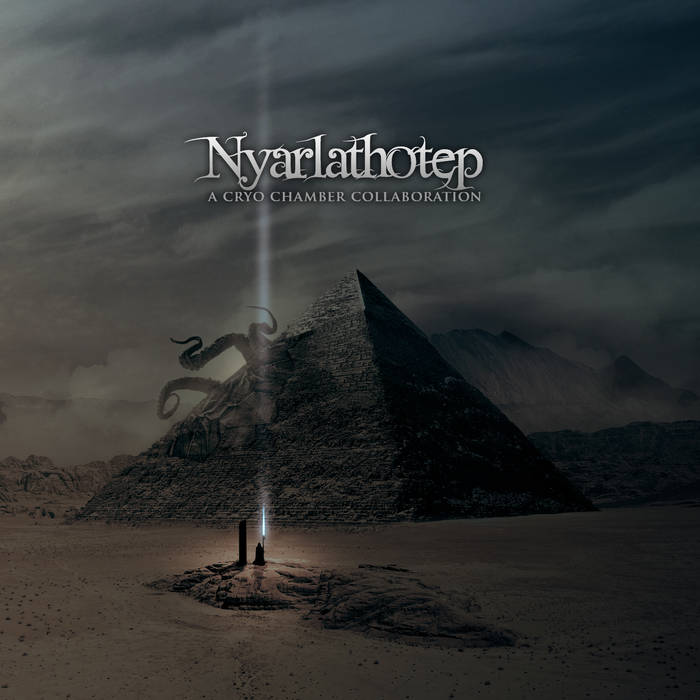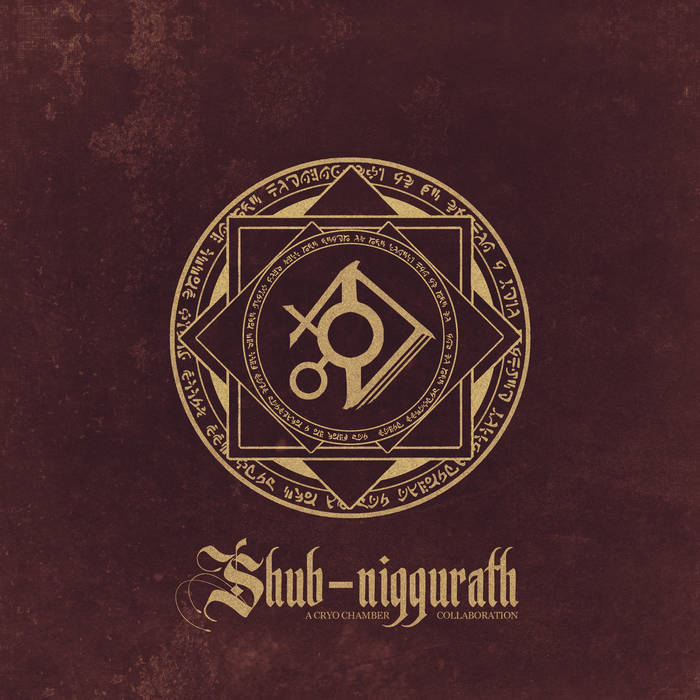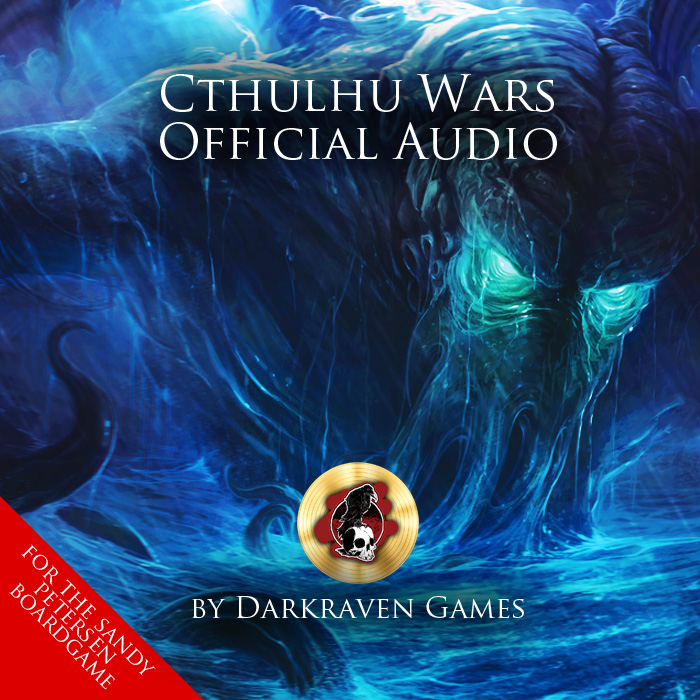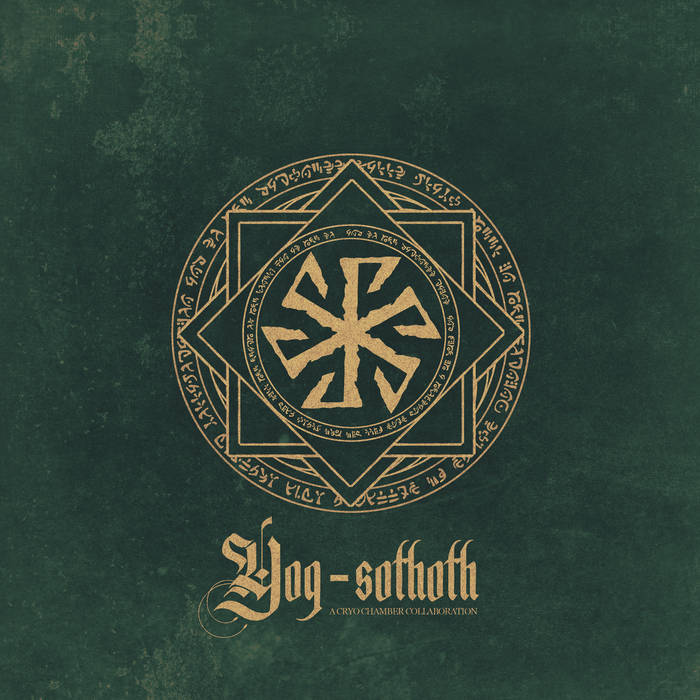After counting each side’s Battle results, players must assign their enemy’s results to their own Units.
First, assign Kill results (dice rolls of 6). Kills are always assigned first. If the number of Kills rolled exceeds the number of vulnerable Units, ignore the excess results.
When assigning Kill results, players may choose to use any available Post-Battle abilities. These abilities typically modify Battle results or how they are assigned. Post-Battle abilities can also add a third type of result: Elimination. If a Post-Battle ability adds an Elimination, it must be assigned at the same time as any Kills. As with Kills, excess Eliminations are ignored.
Post-Battle abilities are unlike Pre-Battle abilities, as Kills, Eliminations, or any other removal from Battle does not prevent that Unit from using its own Post-Battle abilities. In other words, during this step both sides may always use any or all Post-Battle abilities they have available.
There are a few Post-Battle abilities that can be used even when you are not involved in the Battle. This is the only way that a Faction not directly involved in a Battle can participate in that battle. A key example is Black Goat’s Necrophagy Spellbook.
After assigning all Kills and Eliminations, it is time to assign Pains (rolls of 4 or 5) to your Units. As with Kills and Eliminations, ignore any excess Pains rolled. In the next and final step of Battle, Kills will remove a Unit from play, and Pains will force Units to Retreat to adjacent Areas. Kills and Eliminations must always be assigned before any Pains.
Post-Battle abilities that modify Pains may be appropriate to use when assigning Pains, rather than (or in addition to) when assigning Kills. For example, Windwalker’s Eternal ability could be used at this point, rather than when assigning Kills. Also, Crawling Chaos’ Harbinger can be activated both when a Kill and a Pain are assigned. Yellow Sign’s Vengeance is used when assigning Kills, Eliminations, AND Pains.
Importantly, once a Post-Battle ability has been triggered (whether during the assigning of Kills OR the assigning of Pains) its effect takes place, regardless of whether the Unit with that ability is also or later Killed, Eliminated, etc. In other words, Post-Battle abilities may not retroactively prevent other Post-Battle abilities from having taken place, but due to already-used Post-Battle abilities, they may modify how Battle results are assigned.
Note that many Post-Battle abilities are triggered by Kills or Pains. These are specific results, meaning that if an Elimination occurs, it would not trigger one of those abilities. For example, Windwalker’s Cannibalism requires an enemy Unit to be Killed, not Eliminated (such as via Devour, Abduct, etc.). Sleeper’s Demand Sacrifice does not protect against Eliminations, only actual Kills, etc.

